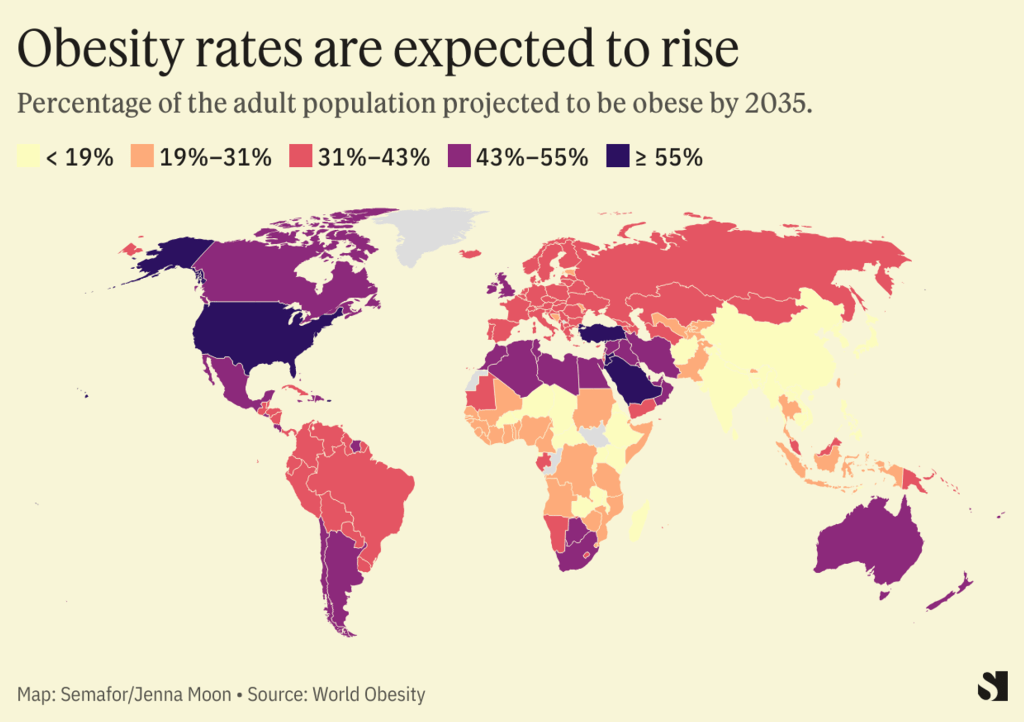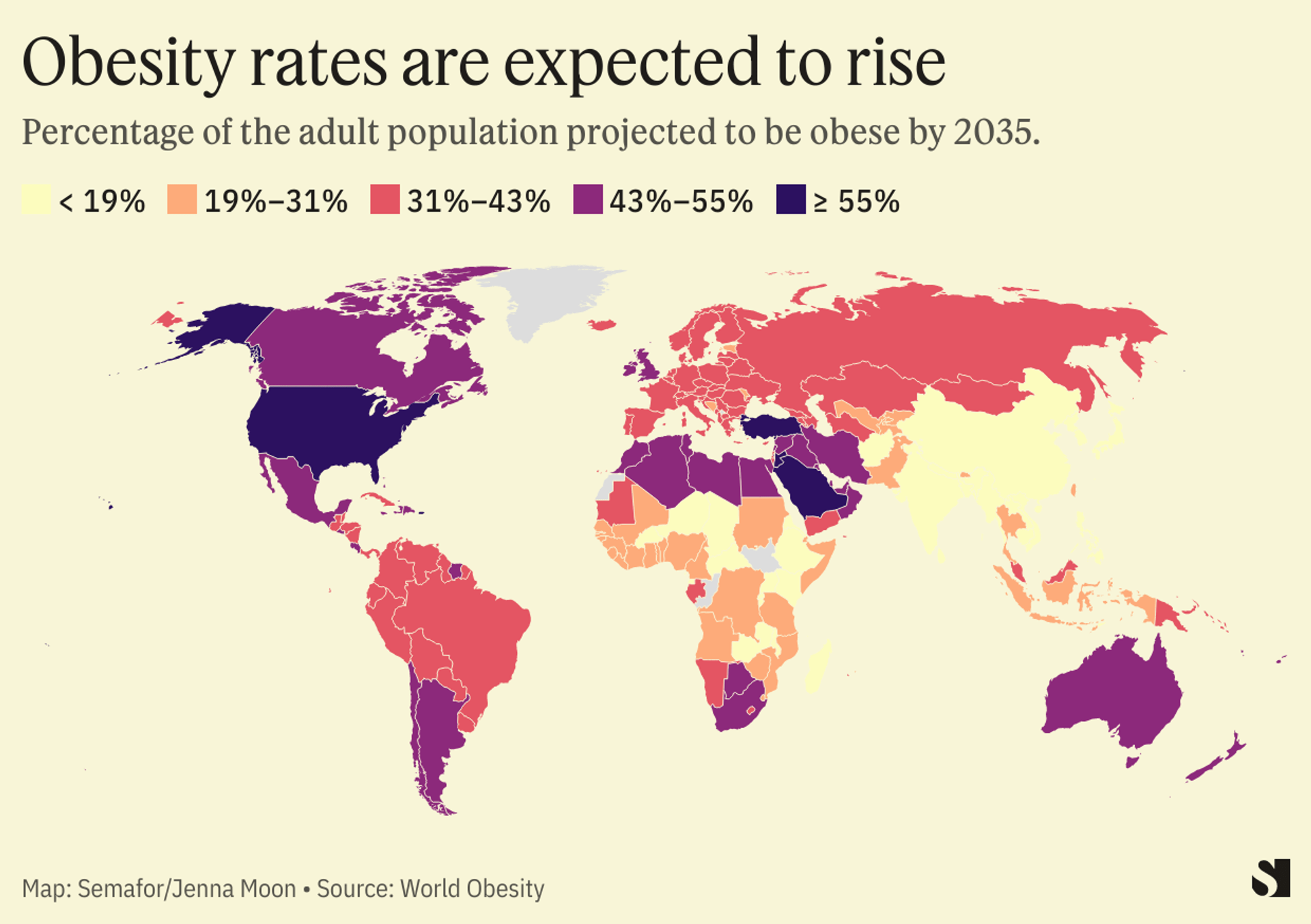Obesity Rank by Countries
Obesity is a significant health risk. It is linked to various health conditions. Among them are type 2 diabetes, heart disease, stroke, certain kinds of cancer, and breathing issues.
If you are obese, you are not alone. It is a global concern. The World Obesity Federation reports that there are approximately 880 million obese adults. And, 159 million children and adolescents aged 5-19 years.
Two leading sources of information about obesity are the Global Obesity Observatory and the World Health Organization (WHO).
The Global Obesity Observatory listed the top 10 countries with the highest adult obesity rates in 2022.
- American Samoa
- Nauru
- Tokelau
- Cook Islands
- Niue
- Tonga
- Tuvalu
- Samoa
- French Polynesia
- United States

You might wonder why some countries rate higher than others. Consider a variety of factors. For example, it is no accident that the top 9 countries/territories listed above are in the South Pacific. There has been a shift in nutritional patterns. Environmental changes and decreasing fish stocks have had an impact. In places like American Samoa, these changes have required bringing in processed foods. These foods tend to be high in sugar and unhealthy fats.
There may be cultural factors at play. In some countries, larger body sizes are favored. They can be viewed as a sign of health and prosperity. There may also be a need for more awareness about healthy eating.
Micronesian populations may have a genetic tendency to store fat. In the past, this may have been an advantage for survival. Limited space for agriculture can also be a factor.
Okay, but most of the above factors don’t always really to the United States. Right? Here in our country, we see a high and abundance of cheap, highly processed foods. These encourage excessive calorie intake. Portion sizes also tend to be large.
Aggressive marketing influences people’s choices too. Access to fresh, healthy foods can be limited in low-income areas. And, the convenience of technology has led many to live a sedentary life. Simply put, people don’t exercise as much.







